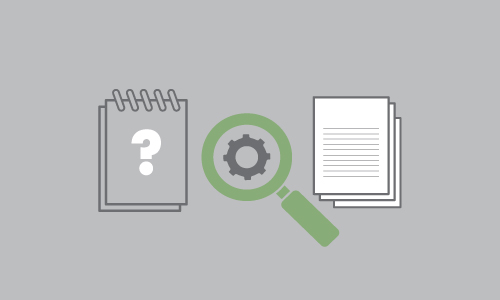Pollution control equipment is a vital part of the manufacturing industry. Facilities emitting volatile organic compounds (VOCs) must meet strict air quality guidelines set by the Environmental Protection Agency (EPA). VOCs are released into the atmosphere when harmless chemicals vaporize and can cause health issues to humans, as well as damage the environment. Therefore, large manufacturing facilities must use pollution control equipment to capture and destroy toxic compounds to reduce their emissions and stay within federal and state limits.
Why Is It Important to Maintain Pollution Control Equipment?
Pollution control units are specifically designed to destroy harmful compounds emitted during the manufacturing process. If the equipment is not well maintained, an error may occur, causing the manufacturer to pause production and assess the damage. A halt in production may lead to higher costs, a loss in profits, and missed quarterly targets. Therefore, these machines must be kept in good health so they can run efficiently and help facilities meet production goals and stay below emission limits.
How to Create a Maintenance Plan
Creating an efficient maintenance plan can help employees and plant managers complete the right tests and cleaning tasks on a consistent basis. Here are some quick tips on creating an easy-to-follow maintenance plan for your pollution control unit.
1. Understand Your Specific Equipment
Learn what parts require cleaning, how often they must be assessed, and what methods work best for that unit. For example, the bake-out method may be more effective for your Regenerative Thermal Oxidizer, while your Catalytic Oxidizer and may require the wash-down method. When the equipment is installed, train multiple employees on how to maintain the unit. That way, any scheduled cleans or repairs can be completed on time without relying on the availability of one employee.
2. Set a Consistent Cleaning Schedule
Over time, unwanted residue and dirt can build up within the unit and affect how efficiently the system runs. By assigning specific days for full equipment cleans, manufacturers can keep the units working at optimal efficiency for longer. Regardless of whether the equipment requires a full clean each time, consistent checks can ensure that units don’t go too long without being inspected.
3. Perform Regular Tests Every Month
Avoid unexpected shut-downs by performing regular tests throughout the year. Set specific days or dates each month to test the alarm system, intake valves, or control units. By making sure the equipment is performing as expected, manufacturers can help catch errors before they affect production. Furthermore, these tests can ensure that the emission readings being used to meet EPA limits are accurate.
4. Schedule Professional Inspections Throughout the Year
In some cases, the equipment may require new parts or the attention of a pollution control unit specialist. Although the unit may be working normally, adding an annual or bi-annual appointment with a professional can help manufacturers catch larger issues hidden from the untrained eye. By utilizing maintenance professionals, manufacturers can lower costs associated with training employees on complex repairs.
Sticking to a consistent monthly maintenance plan can help improve the life of the unit, which in turn keeps costs down and production up. For best results, maintenance plans should be outlined in detail, updated after every inspection, and assigned to qualified workers. Employees and facility owners can review the reports provided after each inspection and stay up-to-date on all maintenance issues that may arise.




